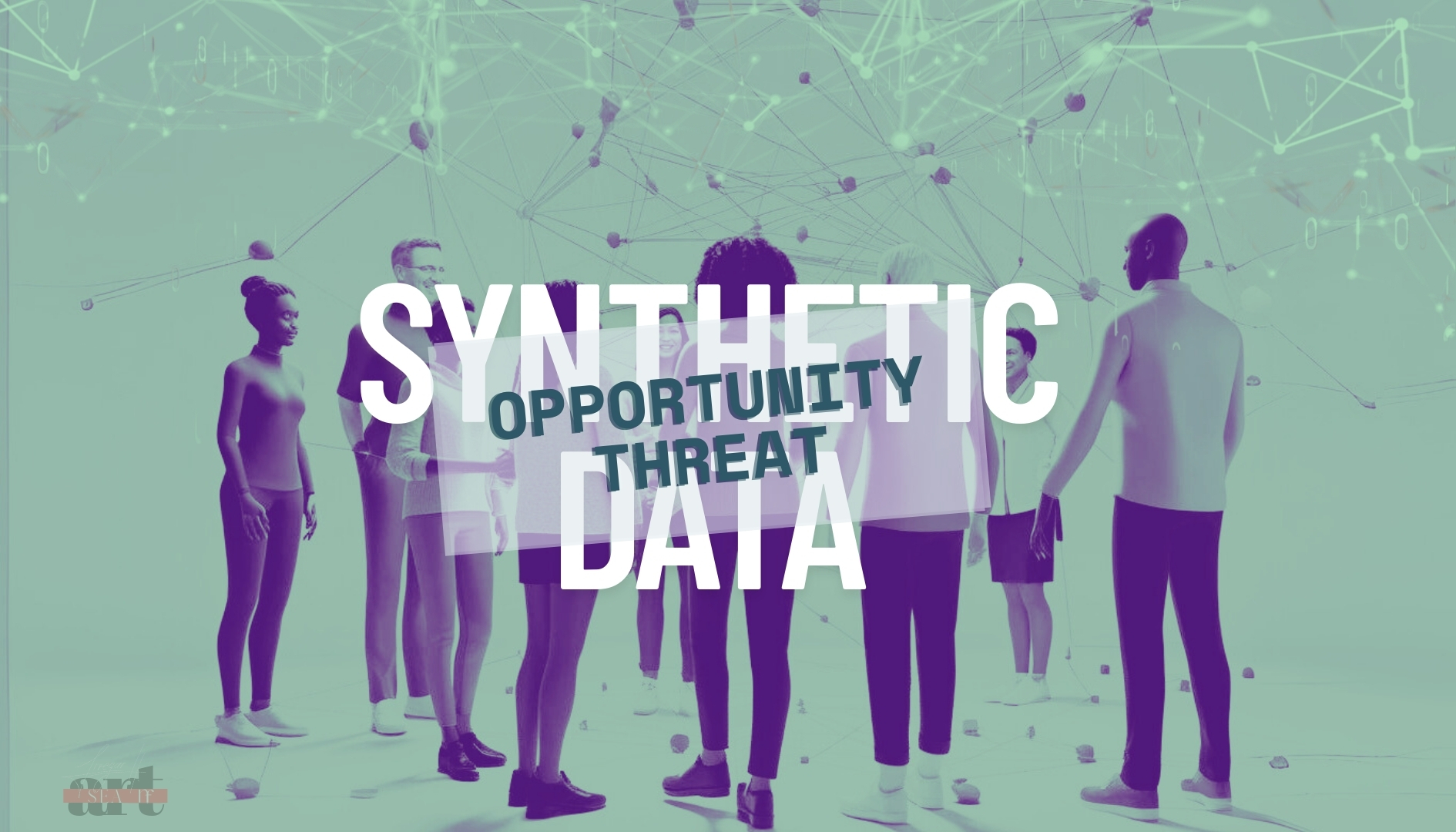Synthetic Data in Market Research: Opportunity or Threat?
2025/05/23

Image credits: www.artSEAn.com
Synthetic data is shaking up market research. It’s created by algorithms and generative AI that replicate the patterns and structures of real data without the need to collect survey responses. While it can be applied across datasets, its potential in survey research is especially exciting: it cuts costs, enables analysis of hard-to-reach segments, and because it contains no personal data, it is far safer to share.
According to the 2024 Asia Research Stakeholder Survey, half of all stakeholders have already dipped their toes into synthetic data, though most are just getting started.
The Rise of Synthetic Data in Market Research
Beyond the basics, synthetic data gives agencies faster access to insights. Popular use cases include pre-testing ads and products, customer journey simulations, and the creation of synthetic personas to model digital behaviour. Some agencies are even building “digital twins”, synthetic replicas of real consumer groups, for behavioural and sentiment analysis.
Applications and Benefits of Synthetic Data in Market Research
Other applications include market simulations, where models can be created for “what-if” scenarios, such as the impact of price changes or competitor actions. It can test marketing strategies, for example to simulate different messaging or targeting strategies across synthetic customer profiles, allowing for controlled experimentation without the risks and expense of “real world” campaigns.
But it’s not without drawbacks.
Limitations and Challenges of AI-Generated Research Data
Synthetic data is only as good as the data it's trained on, often rooted in Western market norms. That means it can miss cultural nuances, and it struggles to capture the more irrational, emotional side of consumer behaviour. Perhaps because of the abundance of data from Western markets, Western researchers are leading the adoption of synthetic data over other regions, but not everyone is convinced.
Some clients are willing to take the benefits of substantial cost saving over “real surveys” so long as they get “most of the picture,” e.g. “80% of the insights, for 20% of the price.” But this approach leaves them vulnerable to missing details that can be the difference between success and failure in their product launch or market entry. It could take a high-profile failure of synthetic data to set the technology back many years.
Adoption Trends: Who's Embracing Synthetic Market Data
Public sector clients tend to be more cautious about synthetic data, while challenger brands are eager to experiment. From the supplier’s viewpoint, there are fears it might replace analysts and consultants, and indications within our stakeholder survey show that management consultants could be more reluctant to use synthetic data. But the real shift may be that human-led qualitative research that synthetic data cannot emulate becomes a premium product, driving up its value.
In the long run, synthetic data won’t replace researchers; it will augment them. Agencies can use it to offer new products, like “synthetic boosts” to enhance segment understanding, or to rework old survey data into fresh insights.
The Future: How Synthetic Data Will Transform Research Teams
It is possible that market research agencies will develop specialist divisions or centres of excellence for the application of synthetic data, for example. to augment sparse survey responses from niche samples and audiences, and to develop churn prediction or customer segmentation where data is limited or biased.
Since the data does not contain customer identities, it will be easier for agencies to share the data with partners without exposing real customer information. This enables third-party analytics, model development, or joint research while maintaining data confidentiality.
Still, as the tech matures, expect leaner research teams. Synthetic data could take over the grunt work, leaving humans to focus on what machines still can’t do: deep thinking, empathy, and creative insight.
More information on the Author:
Piers Lee has founded several market research firms in SE Asia including Kadence and BVA BDRC Asia. He has been on the editorial team at Asia Research Media since its inception and has researched and reported on developments in the market research industry, including the developments in technology and AI.
Customize your online research in APAC

